detail profile woody vasulka
Peran Yang Di Mainkan Woody Vasulka
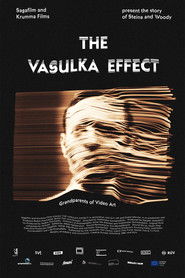 The opening of The Vasulka Effect...
The opening of The Vasulka Effect...The Vasulka Effect 2020
The opening of The Vasulka Effect couldn’t be more apt: Steina Vasulka addresses her husband Woody through various TV screens. He does the same and replies. A perfect image of the relationship between the free-spirited, groundbreaking pioneers of video art. After meeting in Prague in the early 1960s, they relocated from Czechoslovakia to New York, where they later founded The Kitchen, their legendary art and performance gallery.
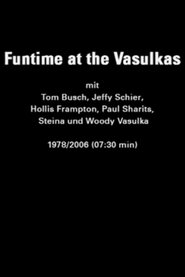 A recording of a meeting in...
A recording of a meeting in...Funtime at the Vasulkas 2006
A recording of a meeting in the studio where Jeffrey Schier and Woody show colleagues and teachers a new tool. Between 1976 and 1980, Woody and Schier designed a prototype device, the Vasulka Imaging System, or Digital Image Articulator. It was one of the first digital audiovisual tools to generate image algorithms and convert them to an analog signal. In the 1970s and 1980s, the Department of Media Study at the State University of New York at Buffalo became one of these places of, teaching and mediating, in the area of Media Art, developing into what was perhaps to the most influential school for media in the twentieth century. Teaching there under the leadership of the founder Gerald O’Grady were the (meanwhile canonized) structuralist, avantgarde filmmakers Hollis Frampton, Tony Conrad, and Paul Sharits, documentary filmmaker James Blue, video artists Steina and Woody Vasulka, and Peter Weibel.
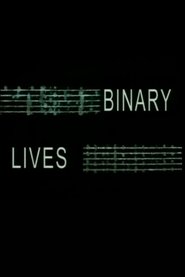 A short documentary on the life...
A short documentary on the life...Binary Lives 1996
A short documentary on the life and art of Steina and Woody Vasulka, produced in 1996. The Vasulkas speak candidly about their work and worldviews, and the piece features excerpts from their early works and a glimpse into their '90s output.
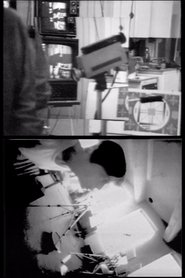 Documentation and experimentation in real time...
Documentation and experimentation in real time...Orbital Obsessions 1977
Documentation and experimentation in real time, "Orbital Obsessions" is an example of early video self-portraiture, eerie and calm in its radical implications for the medium. The Vasulkas were interested in the building of control systems for the manipulation of electronic signals, resulting in their collaborations with several designers and engineers. One such example was the Multi-Level Keyer, a tool designed in 1973 by George Brown at the request of the Vasulkas, who were interested in expanding their range of source imagery. Steina’s manipulation of the image through keying, layering, and the manual control of luminance is seen here.
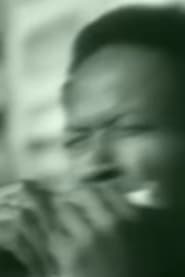 This period compilation of documentaries shot...
This period compilation of documentaries shot...Participation 1971
This period compilation of documentaries shot with a Portapak camera from the early era of video experimentation offers an immediate view of the independent New York art scene (concerts and theater perfomances on the streets and in the clubs of downtown). It is a sort of summary of Steina and Woody Vasulka's first creative period, a period of fascination with the more bizarre aspects of "new American decadence". Thanks to the video camera and its revolutionary implications, the creators were able to penetrate into spheres where the documentarians of more classical media were neither allowed nor interested to enter, thereby helping to expand the ideas of documentary possibilities. Steina has remarked that she learned the craft of camerawork as documentarian thanks to these celebratory, countercultural scenes of the "sexual avant-garde"-- Participation also features a pulsing light show projection at the Fillmore East, and a scene from Off-Broadway drag theater.

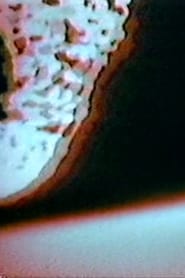 Real time development of a video...
Real time development of a video...